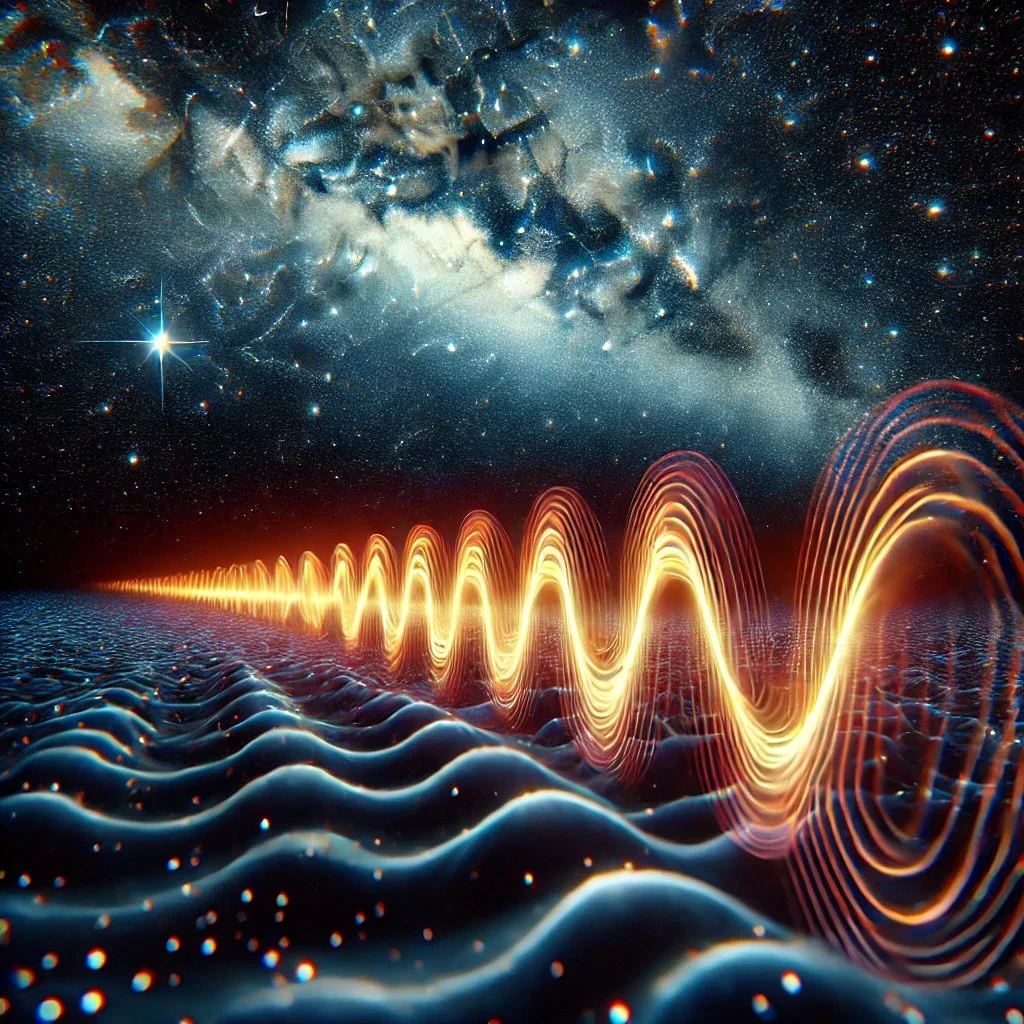READ: New Study Explores Potential Origins of Mysterious Fast Radio Bursts
Fast Radio Bursts (FRBs) are brief, intense pulses of radio waves from deep space that last only milliseconds and have puzzled scientists for years. Though their exact origins remain uncertain, a new study in Nature sheds light on potential sources—and they’re not alien signals.
Researchers focused on magnetars, neutron stars with extremely strong magnetic fields, as a leading candidate. Starquakes, caused by the interaction of magnetar magnetic fields and gravitational forces, might generate these bursts. However, the inconsistent behavior of FRBs suggests other mechanisms could also be at play.
The study analyzed galaxies where FRBs originate and found they typically come from young, massive galaxies rich in star-forming regions. These environments, with high metallicity, encourage the formation of massive stars that explode as supernovae, leaving behind neutron stars like magnetars.
Interestingly, the research indicates that some magnetars capable of producing FRBs may arise from binary star mergers in dense stellar environments, not just supernovae.
While this study doesn’t fully solve the FRB mystery, it reinforces the magnetar hypothesis and highlights the role of specific galactic conditions. Though enigmatic, FRBs seem to be a natural cosmic phenomenon— and not extraterrestrial messages.

